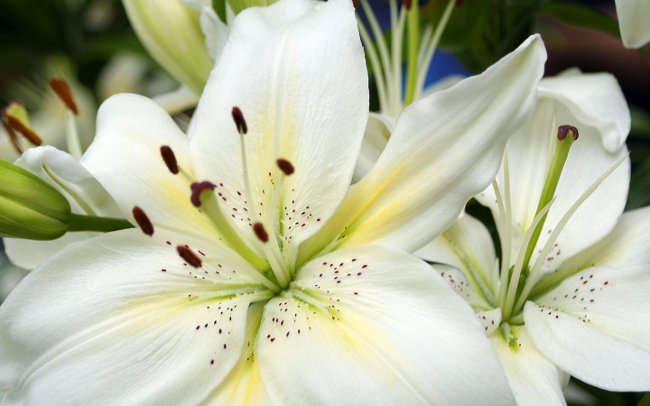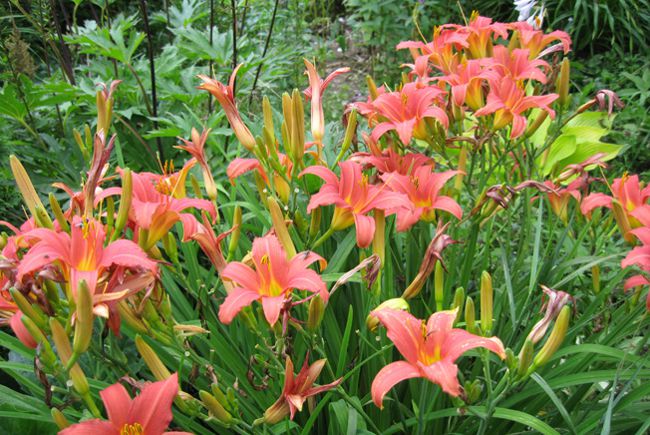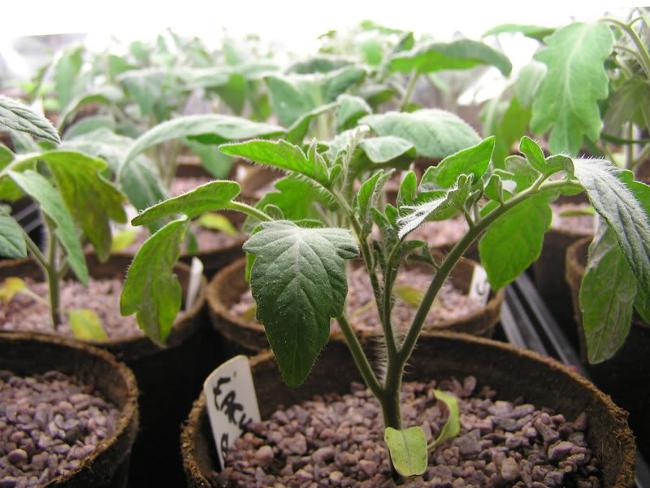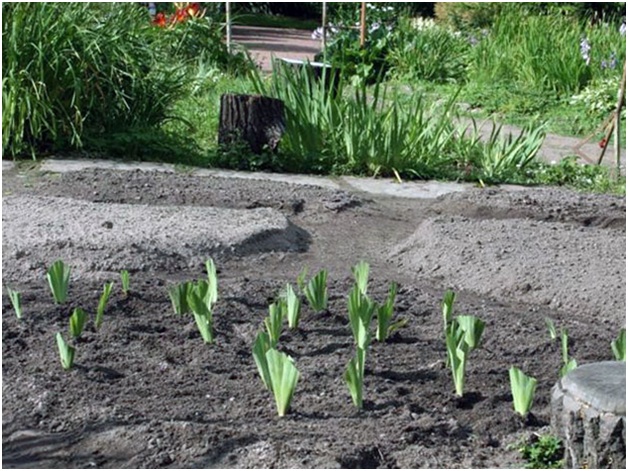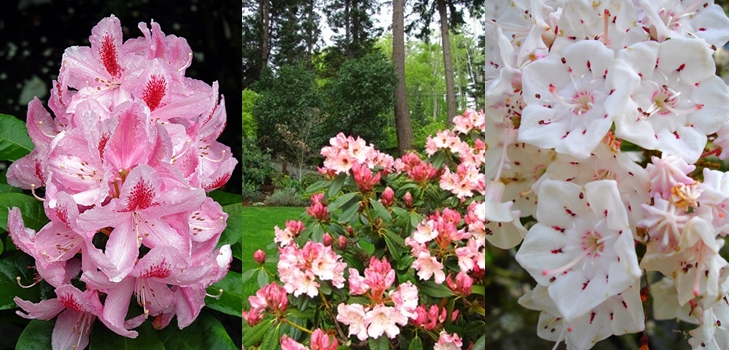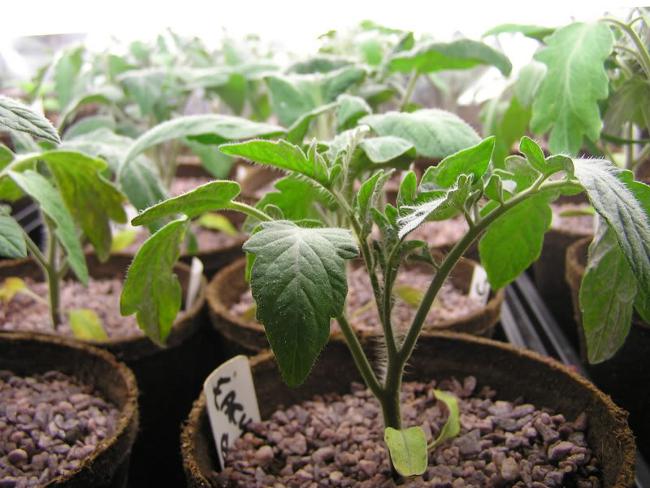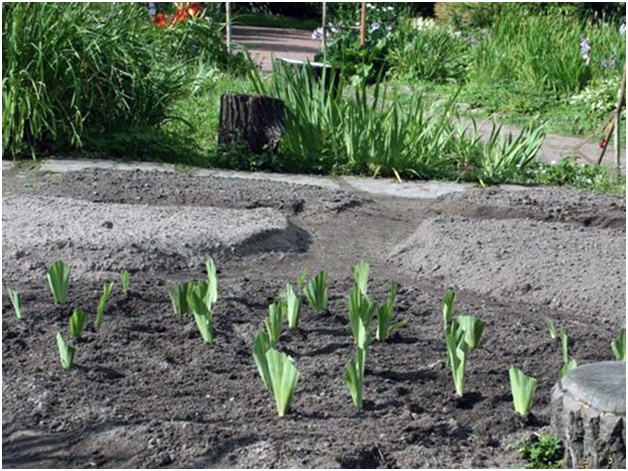Queen of flowers - lily
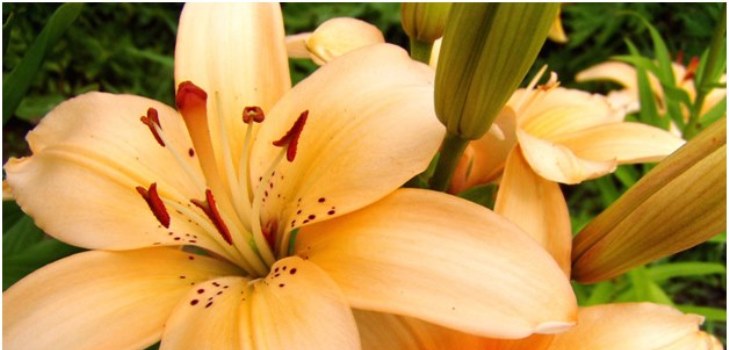
Many people consider lilies their favoriteflowers for an unusual appearance and a heady aroma. But in addition to aesthetic pleasure, they are used in food and medicine, and in ancient times, palaces and temples were decorated, people composed songs and legends about them. Now many gardeners plant their lilies on their plots and consider them to be queen flowers.
Correct planting and growing of lilies
Although they are popular, this does not mean that they just grow. It is necessary to take into account several rules that the flower does not die and could grow on your flower bed for a long time.
Choose a place for planting lilies infrom the variety. For Asian, tubular and eastern - lighted areas with good protection from the wind. Curly varieties are better to grow in a slightly darkened place. Ideally, the roots should be in the shade, and the tip in the sun. Such conditions can be created if next to the lilies there are other plants, for example, a daylily or bells.
Planting lilies is best done in groups of a maximum of seven pieces. So they will bloom not too uniformly, and the flowerbed will always be decorated with their luxurious flowers.
Wilted flowers must be broken, so as not to take away the power from the plant and not spoil the general appearance.
Try to grow lilies on the dais, as stagnant water can lead to illness.
Before planting, it is necessary to dig well and drain if necessary. If the soil is clayey, add sand to it, and sandy soils improve with peat.
Since, these are perennials, beforeplanting the soil is necessarily enriched with phosphorus-potassium fertilizers. This will lead to the fact that you do not have to feed them in the summer season. If you forgot to make fertilizer, then improve the condition of the soil will have two or three times in the summer.
If you bought the bulbs in early spring, putthem in the bottom drawer of the refrigerator until May. But ideally they should be planted in August or September. This rule applies to transplantation. But to transplant the Asian lily it is possible and in the summer time of flowering, only necessarily with a clod of the earth in which it grew.
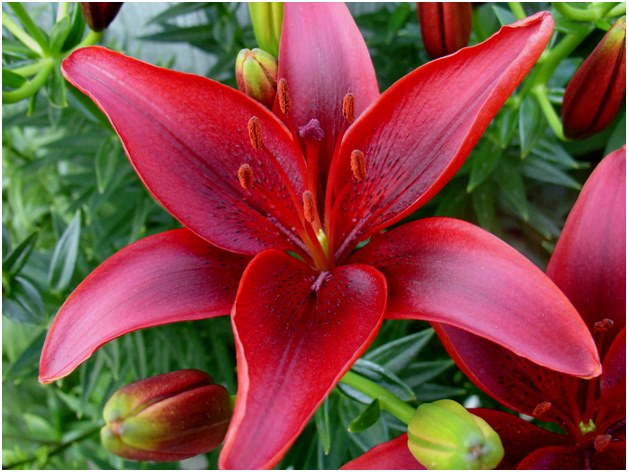
Care for lilies
Although they are very beautiful, in fact, do not require special care. The soil on the flowerbed should be regularly loosened, that the roots could breathe and the weeds did not grow.
Water them with a clear regularity onlybefore flowering. Make sure that the soil is always evenly moistened. However, water should be poured exclusively under the root, so as not to damage the leaves and flowers of the plant. In addition, excess moisture on the top of the plant can lead to illness.
Reproduction of lilies
A few years after planting, you are quiteyou can reproduce them yourself. Simply dig the bulb in the fall and divide it into several separate plants. This procedure must necessarily be carried out every few years, since with too much plant density, their flowers become shallow, and in time may disappear altogether.

Fighting diseases and pests
When choosing a lily variety for your garden, be sure to take into account its characteristics, since improper soil or growing conditions will lead first to diseases, and then to plant death.
gray rot develops on too wetsites. Brown spots appear on the lower leaves and stem. Save the plant itself, most likely it will not work, but you can dig out the bulb and plant it next year in a drier place.
rust acts on stems, leaves and bulbsplants. First, small spots are visible on the leaves, which become brighter over time. It is in them that the fungus spores develop. To prevent this from happening to your lilies, it is best to feed them periodically, and the bulbs should be treated with potassium phosphorus additives before planting.
beetle-bug or "firefighter" likes to eat their flowers. Particularly great harm is brought by the beetle larvae, so pre-treat the plant with insecticides.

